How To Season A Cast Iron Skillet
As an Amazon Associate I earn from qualifying purchases.
Today I am thrilled to bring you a guest blogger who will be speaking on a topic we all need to know about – how to season a cast iron skillet the right way. As a Mechanical Design Engineer, Richard Hall may seem an unlikely choice for a food blogger, but his heritage, common-sense know-how, and generosity in sharing his knowledge with us make him the perfect choice for a topic of the utmost importance to any Southern cook! Thank you, Rich!
Hey all,
Since Southern Plate has all these great Southern recipes, I thought it might be useful to share how to season a cast iron skillet or other types of cast iron cookware. You may ask, what is seasoning and why do I need to season my cast iron skillet? The answer is very simple. Seasoning makes it non-stick like all the new miracle cookware. And the why is you can buy and maintain a non-stick skillet with nothing more than vegetable oil and shortening and common sense and it will never wear out. The cast iron skillet can be used to cook on the stovetop, the oven, or the grill. A good iron skillet can be passed down as an heirloom if taken care of properly.
What You Need to Season a Cast Iron Skillet
It is very simple to do albeit a little messy. What you will need is:
- The cast iron skillet
- A box of vegetable shortening, which can be purchased in your favorite supermarket for less than $2.
- A roll of heavy paper towels
- Your oven
Just a quick note, the seasoning of a new skillet and the re-seasoning of an are the same except for the first step. So let’s get started.
How to Season a Cast Iron Skillet
Wash new skillets before seasoning
Make sure your new has been washed in hot water and mild dish soap. This will remove the factory anti-rust coating. For re-seasoning an existing skillet, just make sure to wipe the entire surface with hot water and a clean washcloth or a paper towel (sponges need not apply). Dry the skillet by heating it on the cooktop then let it rest and cool. Preheat your oven to 200 degrees.
Season with vegetable shortening or oil
Fold the paper towel into a fourth and place a dollop of vegetable shortening in the skillet. The size is not important, but for a 10” skillet, use about 1/4 of a cup. More can be added as required to cover.
Instead of lard or vegetable shortening, use any kind of vegetable oil. I recommend refined coconut oil as it has a higher smoke point.
Take the paper towel and coat the interior, the exterior down to the bottom edge, and the handle liberally.
I don’t coat the very bottom of the skillet, as any cooking surface that it touches will make smoke and just burn off the shortening or oil.
Place the skillet in the oven
Once you have the skillet coated, place it in the oven (at 200 degrees) and set a timer for 3 hours. This low temp will open the cast iron pores up and allow the vegetable shortening to penetrate as it liquefies.
Remove from the oven
After the time is up, cut off the oven and let the skillet cool. Once it is cool enough to touch, wipe it down with another paper towel to remove any or vegetable shortening and just leave a on the surfaces.
In another hour or so, wipe it down again.
After this final wipe, the skillet will continue to cool and in about an hour will look like the last picture.
Using Your Cast Iron Skillet
Now you are ready to use the skillet. For the first couple of uses, cook something greasy like bacon or sausage. This will help heat cycle and re-coat the interior surface which will make the non-stick coating better. Also, be aware that it is going to smoke for the first couple of uses as it heat cycles and burns off the water trapped in the pores and the excess vegetable shortening.
To maintain the skillet you will need to wipe the interior every couple of months with bacon grease during a heat cycle or cook something greasy and re-season about every 2 years following the process above.
Also, don’t let food sit in the skillet as this will remove the seasoning.
After each use, wash the skillet out using a very mild soap solution and warm water. NEVER wash in the dishwasher. The reason for using mild soap solution is to keep from removing the seasoning layer.
One other note that I personally do is the drying step after a wash. I will turn the cooktop on to high heat and place the wet skillet on it for about a minute. This will heat the skillet up enough to dry the water and heat cycle the pores. This keeps everything as it should be.
—
If you choose, you can render your own lard from bacon drippings. If you own a microwave bacon-cooking tray it is very easy. Just cook some bacon and let the drippings cool either in the tray or pour them into a bowl or shallow dish while still hot. Once it has cooled and congealed, you can use it just like the vegetable shortening as described above. This is perfect for the occasional re-seasoning of your skillet.
I hope this has been helpful and if you have any questions just direct them to Southernplate.com and I’m sure Christy can find me to get the answers.
See you ’round,
Rich
Before you go, check out these great cast iron recipes:
Southern Cubed Steak and Milk Gravy
Skillet Carrot Cake from Southern Cast Iron

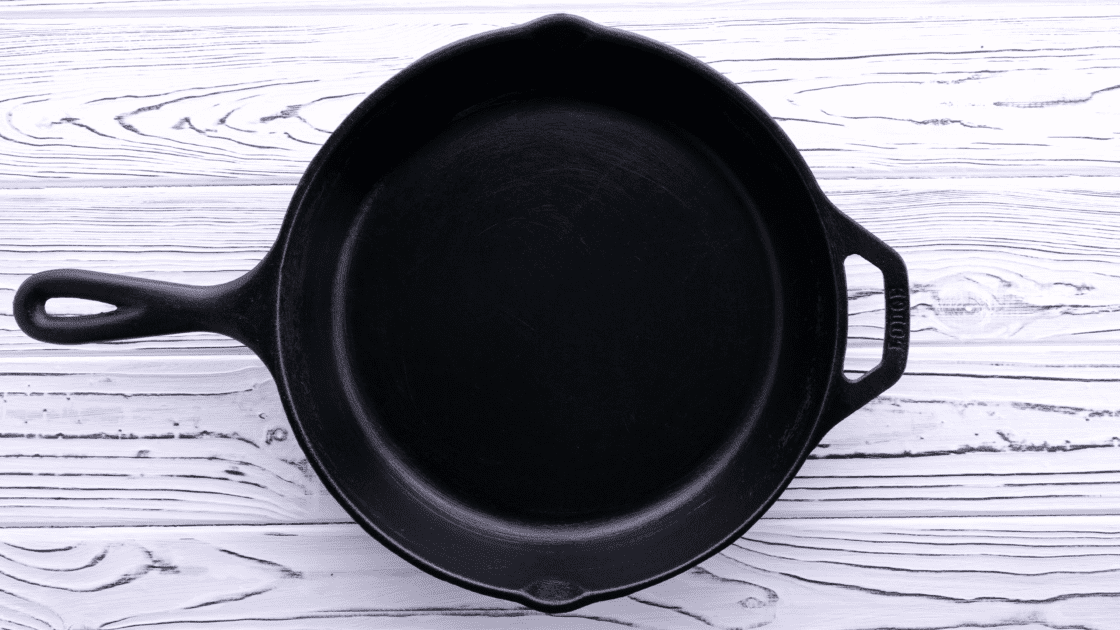
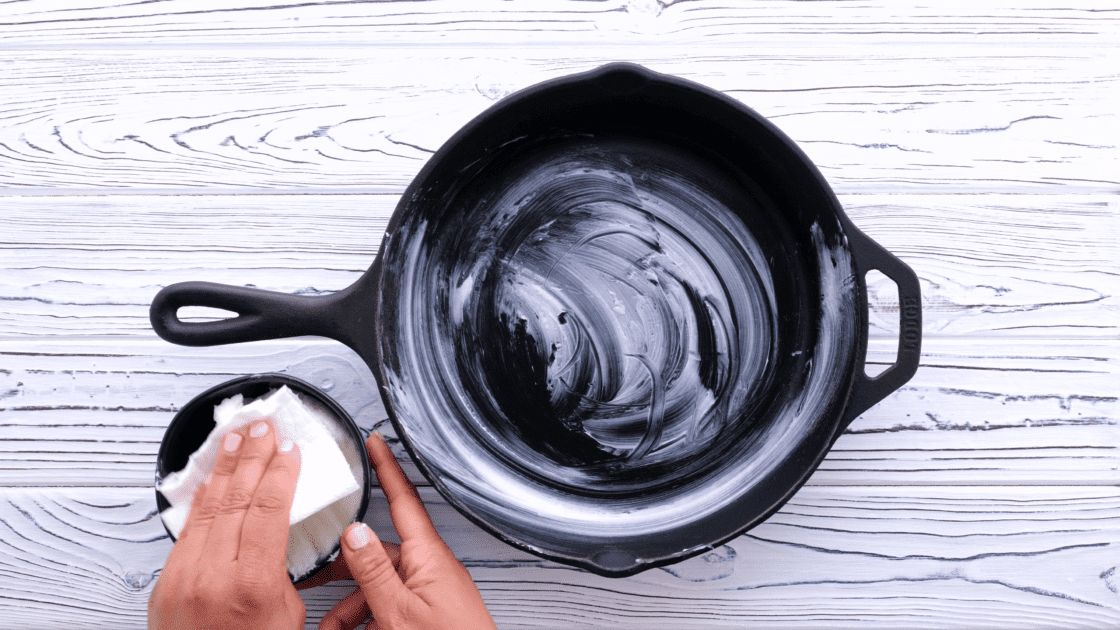
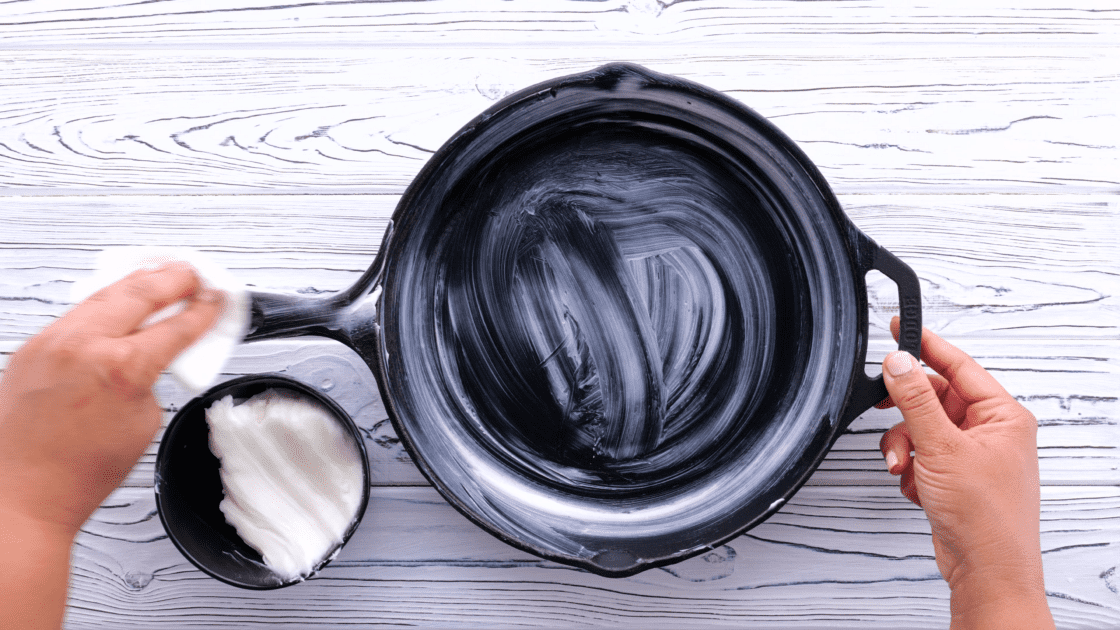
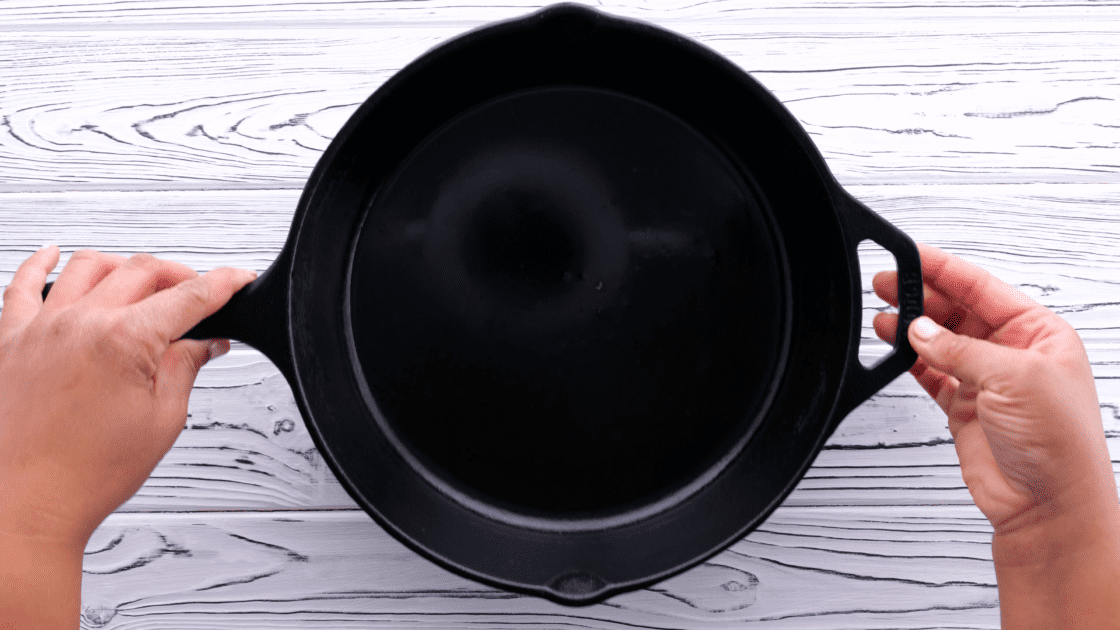

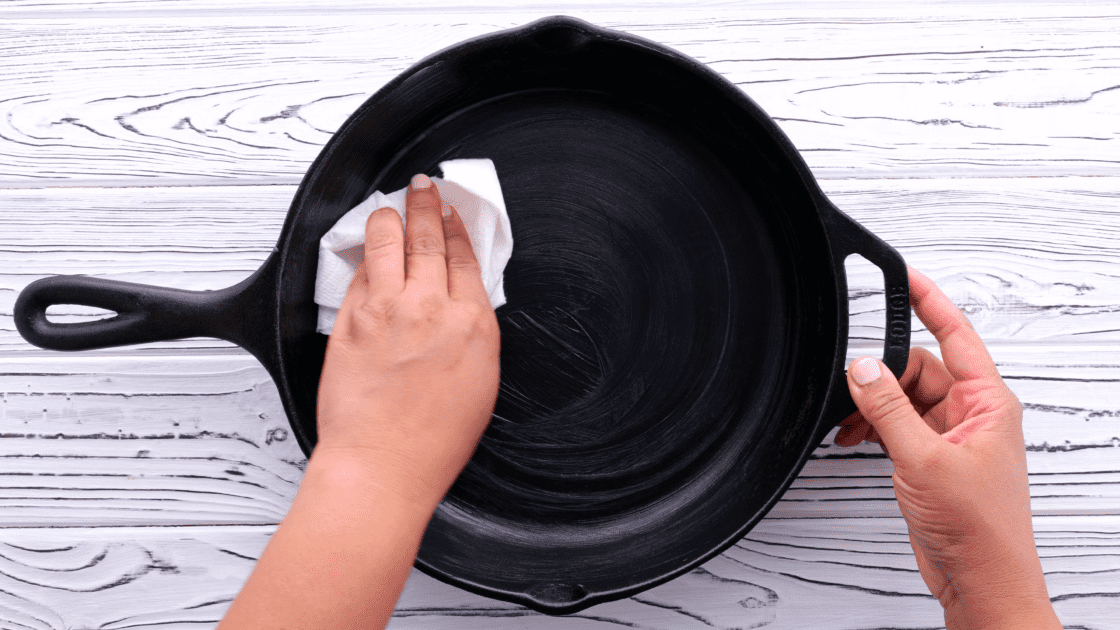
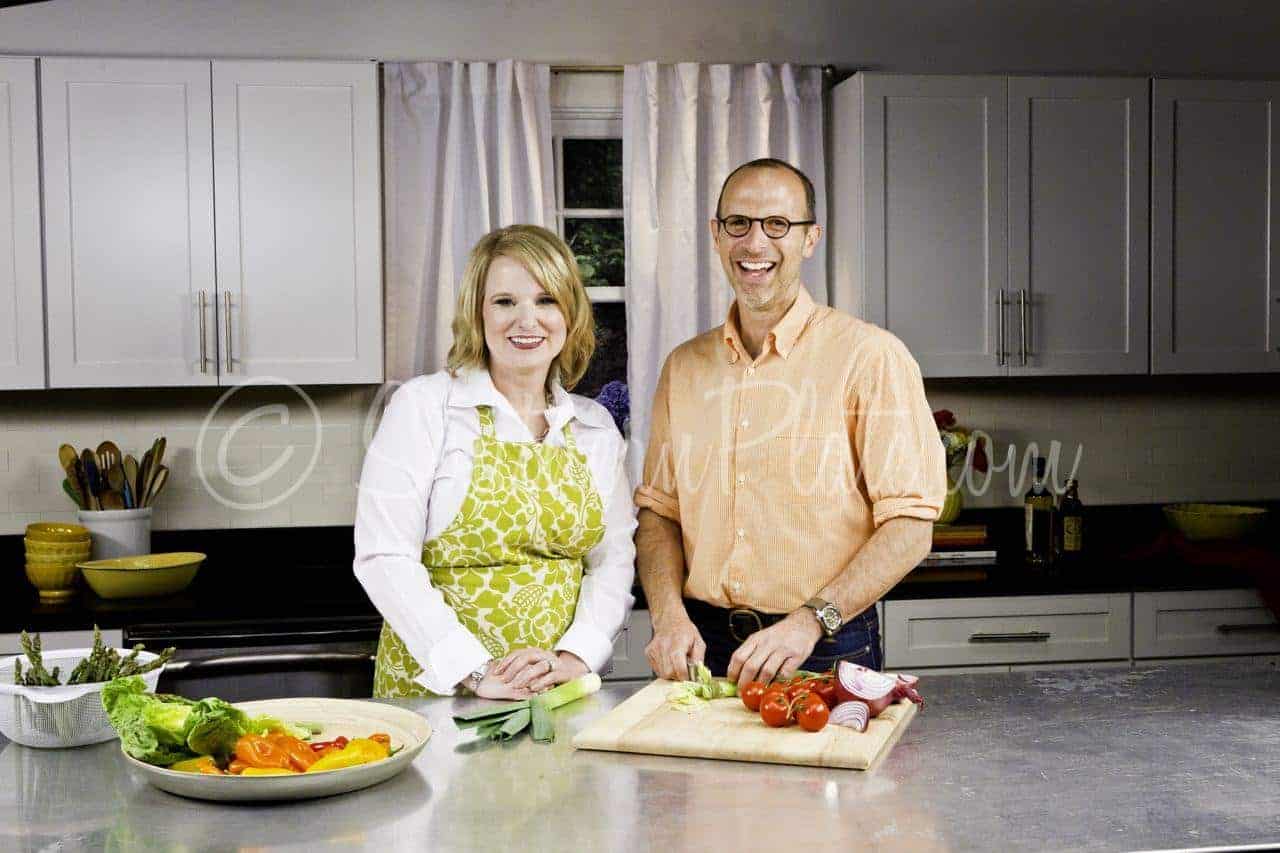
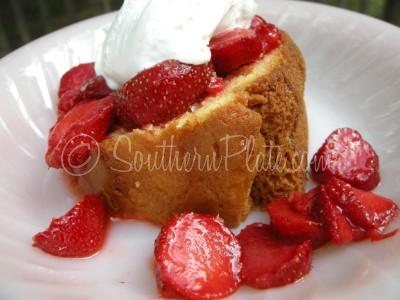

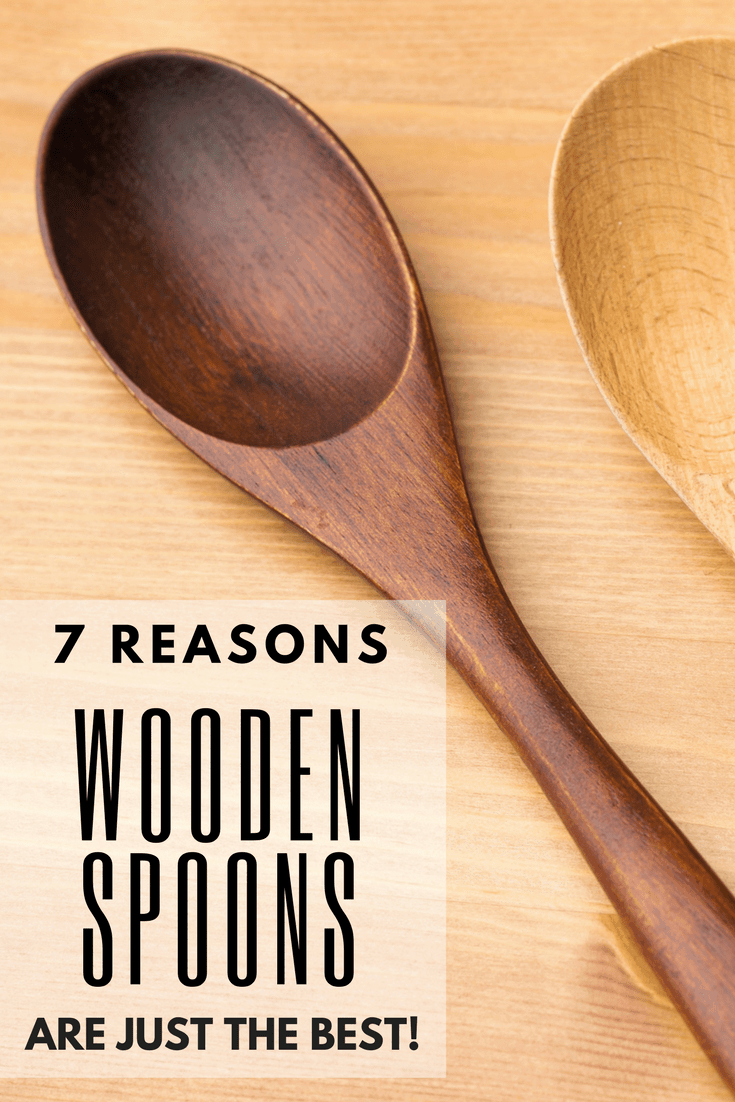
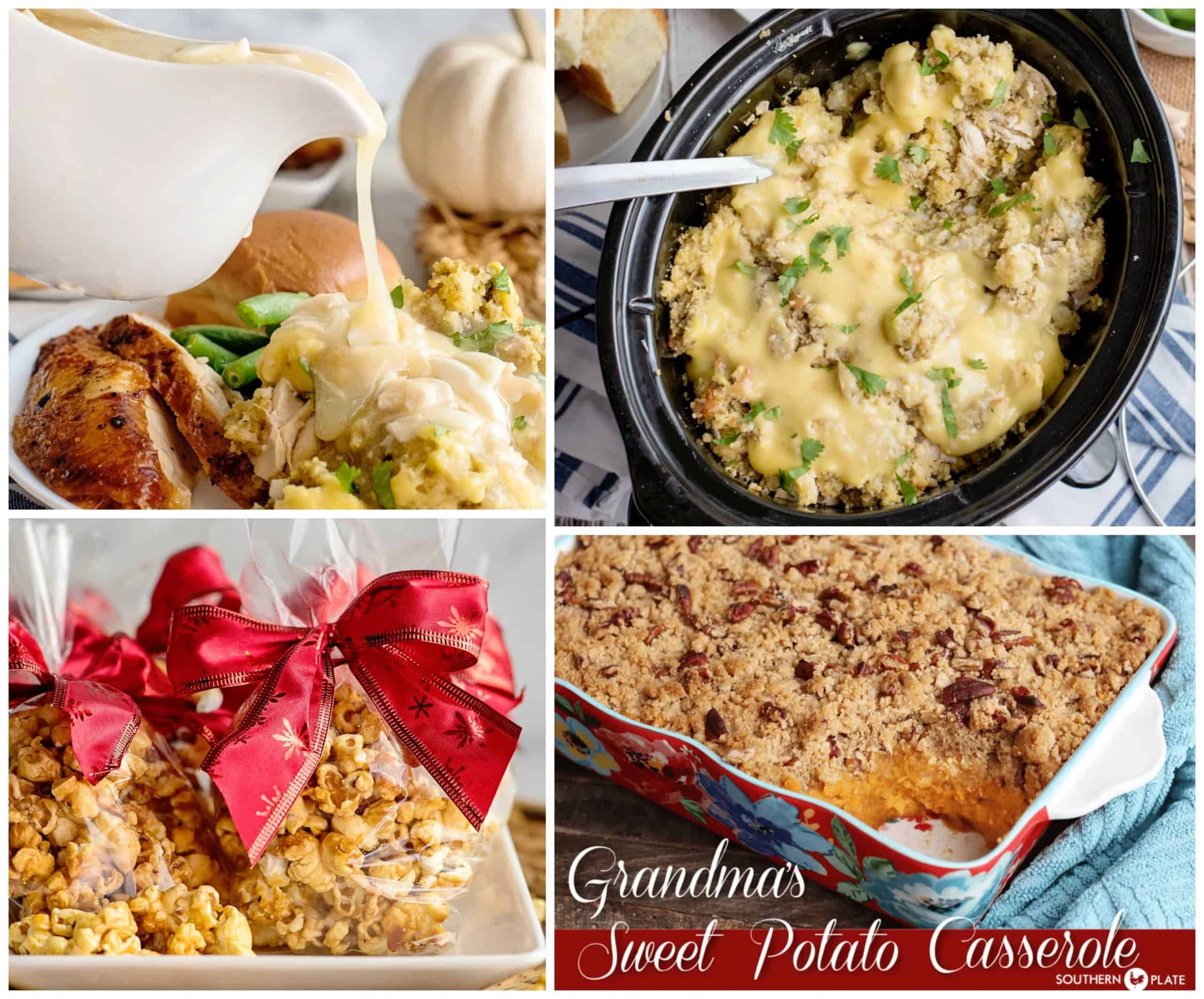

I have just recently purchased a “pre-seasoned” cast iron skillet (Lodge) but because of this post, I am do the seasoning steps noted here using some of the beloved bacon fat that I’ve saved (thanks to another SP post) and have it now sitting in the oven at 200 ……. Then I think tomorrow I will figure something out to make in my newly seasoned, pre-seasoned pan.
I bought a tube of Cast Iron Conditioner made to be used for this purpose. It is pure “food grade palm oil”. I think you would want an oil that is least likely to go rancid, but don’t really know if this is an issue. I am just starting to use cast iron also. Bought my pan at a garage sale and now I am wishing that I bought the others they had there for sale. Crisco is pure trans fat (don’t believe the label, they get around the labeling rules by “per serving” tricks) and you don’t want to have anything to do with trans fats. Maybe coconut oil would be good. I know it is really good for you.
Can you use crisco or better yet olive oil instead of unhealthy lard???..I’m a major fan of extra virgin olive oil!! Thanks
The lard is only used for the seasoning of the pan to create that nonstick surface and protect it. Kind of like the way orange oil is used on wood to protect it. It soaks into the pan but when you’re cooking its not being transferred to your food. It’s the same idea as using a seasoned baking stone. It just makes the surface nonstick.
Yes, you certainly can use olive oil, and that’s exactly what I do. (Use the cheap kind, not the good stuff). I learned to season a skillet from a Spanish cook, and the process involved covering the bottom with about 1/4 inch of salt, floating it in olive oil and putting it over a low flame for about a half hour. Let it cool, dump it out and wipe out the pan thoroughly with cloth or paper towels. The resulting finish has a nice sheen and is nonstick. To clean after use, just use hot water and towel. It’s ok to soak it in clear water. I sometimes use a little light detergent without soaking. Either way, dry immediately by heating the skillet on a very low flame until the water evaporates. That’s all.
I am the proud owner of many iron skillets some as old as 1892, all of them are still in use and in perfect condition. I agree with how this website says to season them. I do sometimes use coconut oil instead of lard, but both are fantastic. I do wash my skillets with hot soap water after each use and “re-grease” them with Pam. The trick is to wash them quickly and NEVER let them soak in water. Honestly I want to know the pan I am cooking in is clean and I have never had a problem doing this. If my skillet (or if I find a one at a yardsale or thrift store) is coming into my collection; it is first put in my self cleaning oven for the 3 hour cycle. I remove it the next day (when it is perfectly cooled) and scrub it with a Brillo pad until it is free of rust and then I follow these instructions on curing it. Never ever use power tools, lye or oven cleaner to clean a skillet it will ruin it. Treat them well and they will out last you.
Melissa, you are so fortunate to have kept all your iron skillets. I’ve had several throughout the years and they always get pinched (stolen) the only explanation that I have. One of these days I would like to have a couple of replacements.
One question for you: When you put a skillet into your self clean oven for the 3 hr cycle, do you remove your racks? (‘cuz with my oven you are supposed to) if so, do you just put it on the bottom of the oven between the elements?
Thanks!
About eggs, I have found that if you heat the pan well BEFORE you add the butter/oil, the eggs don’t stick.
One of the best rules of thumb for non stick cooking in ANY pan….hot pan, cold oil. let the pan heat, add cold/room temperature oil, let that heat then add food.
My mother is dying and she told me that she had a dream about her mother’s pineapple upside down cake. I have the recipe but my grandmother always baked it in an iron skillet. To be authentic I went and bought an iron skillet and am seasoning it right now. The recipe calls for butter and brown sugar to be melted in the skillet and then the batter to be poured in and then baked in the oven. Will the sugar and butter hurt the seasoning? Now that I have this iron skillet I am determined to learn to cook with it as I know that it is more healthful.
I have made pineapple upside down cake in my 12″ skillet many times. It always turns out beautifully with no problems. Just makes sure when you are melting the butter to do it slowly.
Hi Kathleen. I am wondering if that reciepe for the upside sown cake is a family secret or can you share it? If so, i would love to try this in my skillet!
did you get a answer about the upside down cake,it sounds like a chalenge and a lovley reward after.
I just got a new cast iron skillet for Christmas.I haven’t seasoned it yet. But when I do, will it be smooth? It is very rough like sand paper right now.
Tks-Chris
it will be smooth….not to worry